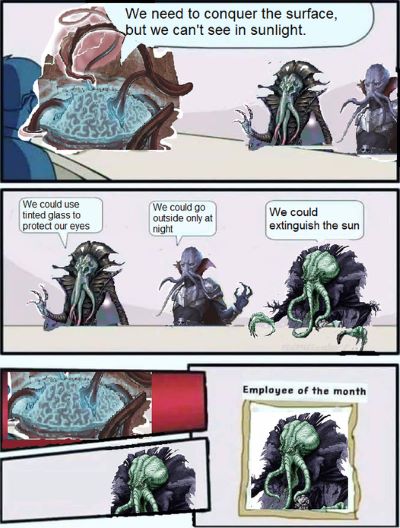For many, roleplaying games serve as a delightful escape filled with dragons, wizards, and epic quests. However, beyond the tabletop adventures lies a treasure trove of skills and experiences that can significantly impact your professional life. In this article, we explore the top three ways that indulging in RPGs can actually help grow your career.
Strategic Thinking and Decision-Making
When playing games like D&D, every choice has consequences. Players quickly learn the art of strategic thinking and decision-making. Whether it’s navigating a treacherous dungeon or negotiating with an in-game character. Players evaluate risks, consider potential outcomes, and make decisions that impact the entire party.
Application to Career
- Strategic Planning: RPGs cultivate an ability to think strategically, a skill invaluable in roles that require long-term planning and goal setting.
- Decision-Making: Practicing decision-making in a low-risk environment helps build confidence and sharpens critical thinking skills, directly applicable to real-world scenarios.
Team Collaboration and Leadership
Roleplaying games are inherently collaborative, requiring players to work together to achieve common goals. Each party member brings unique skills to the table. Successful campaigns hinge on effective communication and teamwork. Additionally, players often find themselves in leadership roles within the game, responsible for guiding the group through challenges.
Application to Career
- Teamwork: RPGs foster a collaborative spirit, teaching players how to work with diverse personalities, a valuable skill in any workplace.
- Leadership Development: Taking on leadership roles in-game translates to enhanced leadership capabilities in the workplace, as players learn to inspire and guide their team to success.

Creativity and Problem-Solving
Creativity is the lifeblood of RPGs. Players constantly find themselves in unforeseen situations, requiring them to think outside the box to overcome challenges. From creating intricate character backgrounds to improvising solutions on the fly, RPGs encourage players to flex their creative muscles.
Application to Career
- Innovative Thinking: RPGs nurture a creative mindset, fostering the ability to approach problems from multiple angles and develop innovative solutions.
- Adaptability: Dealing with unexpected plot twists and adapting to dynamic game scenarios teaches adaptability, a critical skill in today’s fast-paced and ever-changing work environments.
Final Thoughts
So, can playing D&D help my career?
Yes! As you embark on your next RPG adventure, take a moment to remember that the skills and experiences gained at the table can be powerful assets in your professional journey. From strategic thinking to teamwork and creativity, the lessons learned in the fantastical realms of RPGs can translate seamlessly into the challenges and opportunities of the real world. So, roll those dice with confidence; your career may just thank you for it.
For more information on this topic why not look at how and why to put D&D on your CV or Resume.



